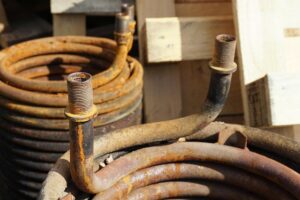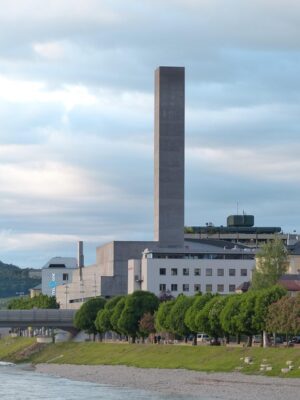Destratification fans address thermal stratification in large commercial and industrial spaces, redistributing warm air to achieve uniform temperature and enhance comfort. They save energy, improve HVAC efficiency, reduce system workloads, and boost productivity. Strategic deployment ensures optimal air distribution, while regular cleaning and inspections maintain system integrity for sustainable practices.
Commercial destratification fans play a pivotal role in optimizing air distribution within vast, open spaces. This article delves into the world of these powerful tools, exploring their significance in large-scale environments. We’ll uncover the benefits of uniform air circulation, from enhanced comfort to improved energy efficiency. Furthermore, it provides a practical guide on implementing and maintaining destratification fan systems, ensuring optimal performance for years to come.
- Understanding Destratification Fans in Large Spaces
- Benefits of Optimized Air Distribution
- Implementing and Maintaining Destratification Fan Systems
Understanding Destratification Fans in Large Spaces
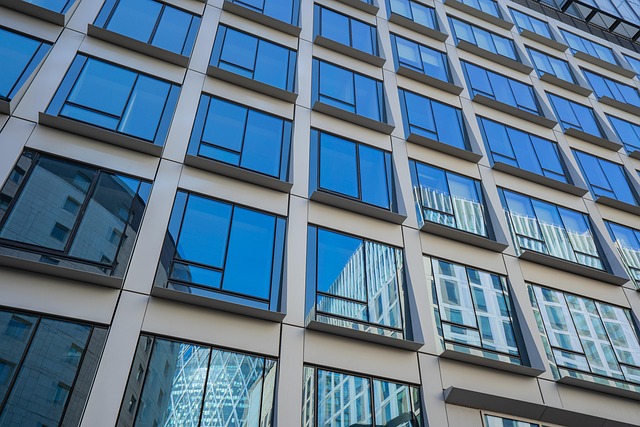
In large spaces, such as factories, warehouses, and commercial buildings, understanding thermal stratification is key to maintaining optimal comfort and efficiency. Thermal stratification refers to the layering of air temperatures within a space, where warmer air tends to rise while cooler air remains lower. This natural phenomenon can lead to cold spots and hot zones, impacting productivity and occupant comfort. Destratification fans are specifically designed to combat this issue by promoting efficient air circulation and mixing. These fans work against gravity, redistributing warm air back down towards the floor, creating a more uniform temperature distribution throughout the space.
By employing destratification fans in commercial applications, significant energy savings and improved HVAC efficiency can be achieved. Ceiling-mounted fans are strategically placed to facilitate warm air redistribution, ensuring that every corner of the building receives adequate air mixing technology. This not only enhances indoor comfort but also reduces the workload on heating and cooling systems, leading to long-term cost savings. In industrial settings where high ceilings and extensive floor spaces are common, destratification fans play a vital role in maintaining optimal working conditions, thereby increasing overall productivity and efficiency.
Benefits of Optimized Air Distribution
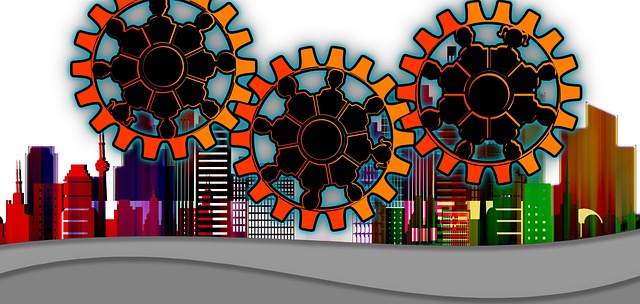
Optimized air distribution offers a multitude of benefits for large spaces, making it an essential consideration in commercial settings. By employing destratification fans and advanced air mixing technologies, businesses can achieve better thermal stratification, ensuring that every corner of the space is comfortably cooled or heated. This uniform air circulation not only enhances occupant comfort but also significantly improves HVAC efficiency, leading to substantial energy savings.
Furthermore, efficient air distribution plays a pivotal role in temperature control, allowing for precise warm air redistribution and effective industrial cooling. In commercial applications, where large areas need to be maintained at optimal conditions, ceiling-mounted fans are instrumental in achieving these goals. By promoting better air circulation, destratification fans contribute to the overall comfort and productivity of spaces, making them a game-changer in modern building design and management.
Implementing and Maintaining Destratification Fan Systems
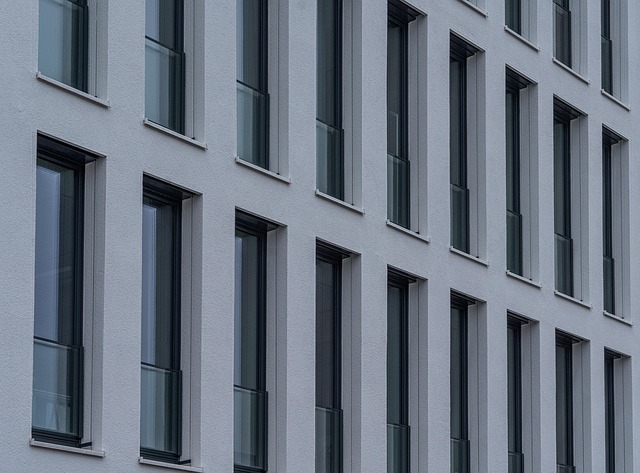
Implementing destratification fan systems involves careful planning and consideration of space dynamics. These fans, strategically placed, disrupt vertical temperature gradients known as thermal stratification, allowing for more uniform air distribution. By promoting horizontal air circulation, they ensure every area within a large space receives adequate ventilation and temperature control, eliminating cold spots and enhancing comfort.
Maintaining these systems is crucial for optimal HVAC efficiency. Regular cleaning of ceiling-mounted fans and filters prevents dust buildup, which can hinder air mixing technology. Additionally, periodic inspections ensure the integrity of the system, enabling prompt addressing of any issues that may impact air circulation or energy savings in commercial applications. This proactive approach to maintenance fosters a comfortable environment while promoting sustainable practices through efficient warm air redistribution, particularly in industrial cooling scenarios.
Commercial destratification fans play a pivotal role in optimizing air distribution within large spaces, ensuring optimal environmental conditions. By understanding their function and implementing effective maintenance strategies, businesses can harness the benefits of improved air circulation, enhanced comfort, and energy efficiency. These fans are a game-changer for creating vibrant, comfortable, and sustainable indoor environments, making them an essential consideration for any facility manager looking to revolutionize their space.








